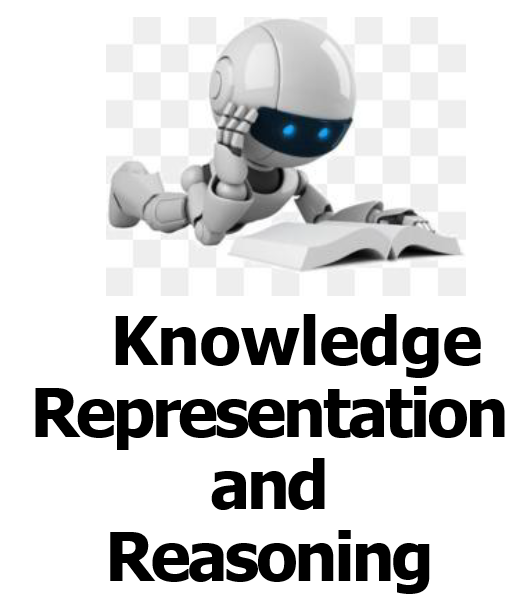- Teacher: su monkyi
- Teacher: thazin nwe
Course Objectives
- To provide the most fundamental concept of knowledge representation and reasoning in Artificial Intelligence.
- To provide the ability to analyze and inference upon Uncertain Knowledge conditions
- To understand the basic theory underlying machine learning.
- To gain practical experience through coding exercises, projects, and assignments involving datasets.
Course Description
This course is intended to introduce the basic principles, techniques, and applications of the field of artificial intelligence: Knowledge representation and Uncertain Knowledge and reasoning algorithms. This course provides an introduction to the fundamental concepts and techniques of machine learning. Machine learning is a critical field within artificial intelligence that enables computers to learn from data and make intelligent decisions. Through a combination of theoretical lectures and hands-on practical sessions, students will gain a strong understanding of the principles and methodologies that underlie various machine learning algorithms.
Reference Book
- Artificial Intelligence- A Modern Approach (Third Edition) by Stuart Russell & Peter Norvig
- Ronald J. Brachman and Hector J. Levesque, Knowledge Representation and Reasoning, Elsevier/Morgan Kaufmann 2004. ISBN 1-55860-932-6.
- Introduction to Machine Learning with Python: A Guide for Data Scientists by Andreas C. Müller and Sarah Guido
Learning Outcomes
- Have knowledge and understanding of the basic concepts of knowledge representation and reasoning.
- Develop a solid understanding of the fundamental concepts, terminology, and principles of machine learning.
- Grasp the difference between supervised, unsupervised, and reinforcement learning.
Course Organization
- Attending the lectures & practical
- Preparing for and participating in the recitations
- Practical assignments
- Moodle (LMS) / Quiz
- Exams
Assessment plan for the course
- Assignment 10%
- Quiz/Moodle 10%
- Tutorial 10%
- Lab 10%
- Exam 60%

- Teacher: lwin may thant
- Teacher: yuwai hlaing
- Teacher: su monkyi